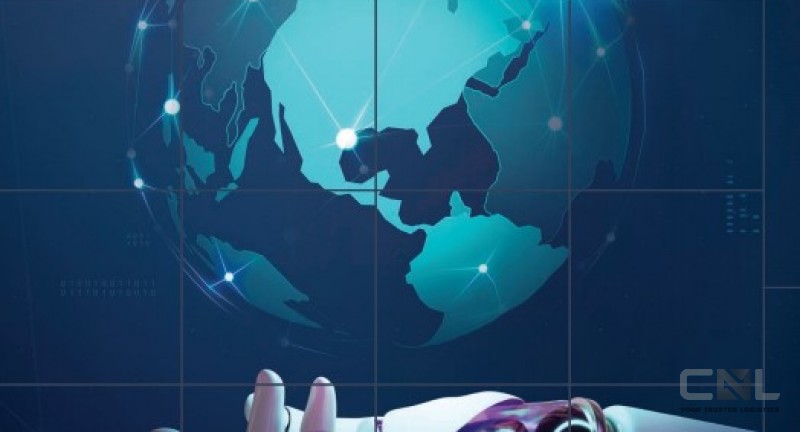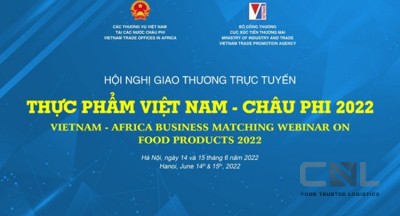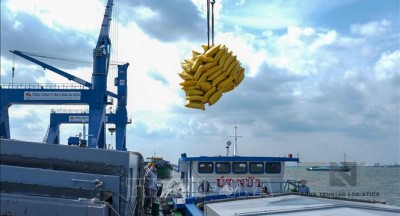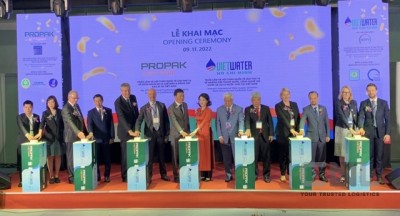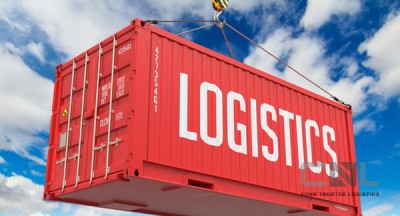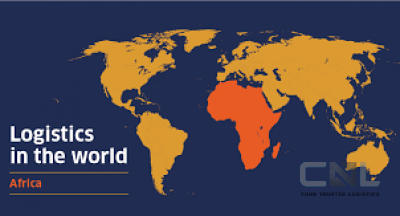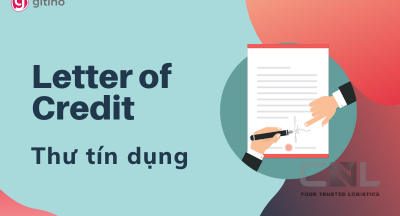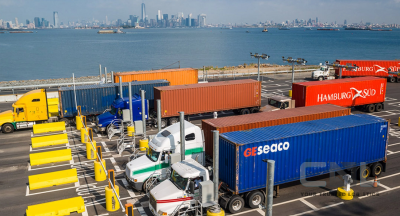
Learn more about the adoption of evolving technology in the supply chain.
Stewart Brand said: “Once a new technology rolls over you, if you’re not part of the steamroller, you’re part of the road.” The recent drive by organisations to promote the digitisation of supply chains has come a little too late, with many companies facing dire circumstances. The emergence of COVID-19 highlighted the importance of building supply chain robustness and flexibility through adopting technology. Currently, supply chains are facing an entirely new set of complexities that have arisen from global changes in the form of the war in Ukraine, increasing energy prices, and, subsequently, an increase in product prices.
The outdated notion that adopting technological innovations was a once-off initiative dedicated to improving a particular element within the supply chain is no longer valid. The supply chain manager of tomorrow must adopt technological trends that can evolve based on the organisation’s requirements. Several evolving technologies have been implemented by organisations to prevent or mitigate potential risks that could arise both globally and locally. Below are descriptions of some of the most prominent technologies used in current times.
Adoption of flexible supply chain management software
Supply chain management software is available in a variety of different software packages, such as transport management software (TMS), warehouse management systems (WMS), and vendor management software (VMS). The goal of adopting these types of software into a business is to alleviate risks, improve communication and customer service, reduce costs, improve control and assist with
forecasting and decision-making. There are many supply chain software packages that have been developed to adapt to the changes of a business, but there are only a few that can adapt to drastic changes in the operating environment. These packages are identified as complete business software packages that take various elements of a business and integrate them into one system. Unfortunately, software systems that implement this holistic approach are generally more expensive to adopt than their simpler counterparts, which ultimately leaves organisations with the age-old trade-off between price and quality.
Automation of warehouse activities
Warehouse automation is the inventory movement into, within, and out of the warehouse with little human intervention. Automating warehouse activities was once perceived as a non-essential technological advancement as humans could conduct many operations instead of expensive robotic systems. The adoption of these systems grew in popularity during the COVID-19 pandemic, which highlighted the importance of adopting independent programmable systems to ensure the smooth movement of goods from the warehouse to the consumer without reliance on human intervention. Several organisations previously considered this technology to be a threat to employees within the warehousing sector. However, it is now considered a necessity due to the volatility of the global environment, which directly impacts the availability of the labour market. Overall, the automation of warehouse activities directly impacts organisational performance and competitiveness through reduced errors due to human intervention and the realignment of organisational resources to other business processes.
Augmented intelligence systems
Augmented intelligence is the development of human intelligence using artificial intelligence. Additionally, augmented intelligence is identified as a tool that requires the use of humans to provide deeper insights into the supply chain. These are decision support systems that are feedback-driven, self-learning, and self-assuring, which emulate human cognitive abilities. Supply chain augmented intelligence systems are not independent and combine the strength of human reasoning and creative judgment with machines’ flexibility, accuracy, and speed to drastically improve cognitive performance and business decision-making. Some of the most prominent uses of augmented supply chain intelligence are to process spatial navigation, drive machine vision, and machine learning and improve logistic reasoning.
The development and adoption of evolving technologies within the supply chain field are growing in popularity, but are still in their foundational phase. A core contributor to the lack of investment in evolving technologies is that organisations have never faced the level of threats that are now prevalent worldwide.
Technological advancements within the supply chain were once seen as a method of reducing costs and improving efficiency, which is no longer the case. Technology has now become the backbone of many organisations attempting to navigate the complexity and volatility facing business operations and performance. Technological advancements are becoming reactive tools to counter the emergence of factors that directly impact business performance. This is a flawed approach as it takes time to adopt new technology into business processes and it should therefore be a driving force within an organisation, not just a defense mechanism against external threats. Organisations need to adopt technologies that will grow with their supply chains and serve as a solution provider during times of duress as opposed to technologies that serve as a once-off fix that will become outdated in the near future.While the world struggles with new threats to both human health and the business environment, supply chains continue to be the support systems that maintain society and businesses. If supply chains do not evolve at a fast pace, they will also be overwhelmed and succumb to the threats facing the world of tomorrow. So ask yourself, is your supply chain evolving or facing extinction?
By Aveshin Reddy and Arno Meyer -logisticsnews.co.za
